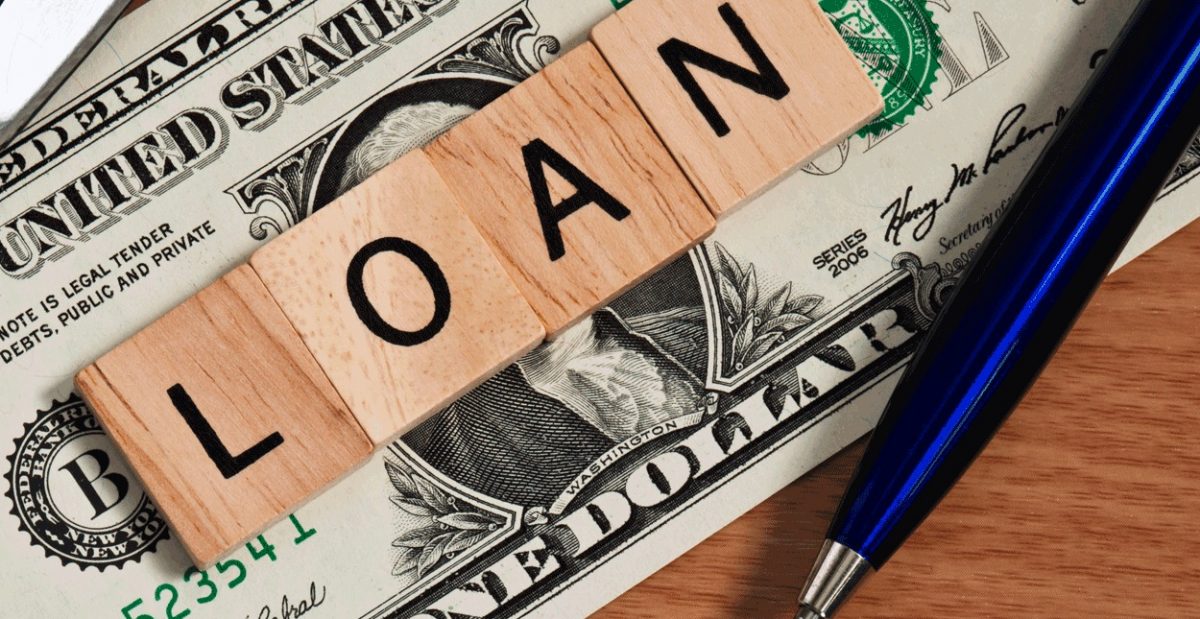Once upon a time, people traded to get what they wanted. They would trade goods for services or other goods. As time marched on, they learned to use a different type of bartering system—one that relied on currency.
A guide is available about the Hardship loan for bad credit scores. There is the availability of genuine and correct information in it. You can check the details related to it to get the loan amount on the bad credit score without any problem. A happy feeling is available to the people.
Money was used to pay wages for work done and to buy food, build homes, and purchase land. When times were hard and money was in short supply, businesses would let people that they knew use credit to buy items they needed until they could get the money.
Businesses began using ledger books to keep track of who owed what. People with more money found it advantageous to lend that money to those who didn’t have enough. They could get a return on their investment by charging interest on the borrowed money. Unfortunately the rich got richer and the poor stayed that way, but that is another story.
The world revolves on credit. We buy things on time and pay them back with interest. That’s what we do with our homes, our cars, our clothes, our furnishings, and most other things we choose to buy.

But, the exciting world of credit didn’t tell us that we would need to save in order to pay for all of the things we bought. People default on loans, miss payments, flip debt from one credit card to the other, or borrow against what we have to pay for it. In order to navigate the world of credit successfully, you have to be responsible with money or you will end up with endless debts.
In this report we will discuss several issues relating to credit. After reading it you will understand:
- Credit Scoring
- How credit scoring can be helpful
- Credit Myths
- Credit Reports
- Credit Reporting Agencies
- How Credit Reports Affect Loans
- How to Improve your Credit Score
Credit scores have been a mystery for so long. Now it’s time to find out just what you need to know to protect your credit.
WHAT IS YOUR CREDIT SCORE?
Many people can only guess what their credit score actually is. At one time, no one was allowed to know because it was used by banks and other lenders to determine your eligibility to receive money or products from them. Now, all you have to do is request a copy of your credit report to find out that magic number.
What is a Credit Score?
A credit score is a three digit number that wields a lot of power in the world of credit dealings. A more common name for a credit score is a FICO score. It was given this name after the firm that came up with the modern credit scoring model, Fair Isaac and Company. Suffice it to say, the way that the score is calculated is a complex algorithm that all but the most learned mathematician wouldn’t understand.
There are other scoring methods, but FICO is the most popular. Businesses may employ their own methods to come up with a determination for lending eligibility. With other methods, information such as your gross income is used as a part of the credit score equation.
Let’s consider the FICO system for a while. The scoring numbers range from 300 to 900. As you would imagine the higher number is better than the lower one. A credit score is a compilation of a number of things. The main part of the equation is your credit history.
Every time that you open an account at a store, apply for a credit card, make a payment, make a purchase, or close an account these actions become a part of your credit history. It creates a trail that shows lenders how you handle the responsibility of credit.
Lenders can take the time to pull your credit report and read it, but in the interest of time, being able to access a single three digit number is easier. This number scoring system has led to shorter turnaround time on loan requests for homes, cars, and cash. People can access a bank or other lender’s website and put in a few bits of information.
In twenty-four hours or less, they can receive an answer to their loan request. The credit score lets lenders say “yea” or “nay” to your request. The amount you can actually receive will be based on what category your credit score falls into. In our instant society, this is one more way to make people happy.

How Credit Scores Work
A credit score is calculated from various pieces of information gathered from your credit report. We are still working with the FICO system here. According to their calculations and based on a total of 100 percent, this is how a score breaks down.
- 10 percent – types of credit you currently have
- 10 percent – number of inquiries on your credit report
- 15 percent – length of credit history
- 30 percent – amount of outstanding debt
- 35 percent – credit payment history
Let’s look at each one separately
- Types of credit you currently have. This includes all of your credit whether they are plastic cards or a line of credit at the bank. Loans for homes and cars are also factored into this ten percent. Some say that you should have a combination of credit types instead of just credit cards or just loans, but there is no concrete evidence that one way is better than another.
- The number of inquiries on your credit report. An inquiry is a request from someone to receive a copy of your credit report. The number of inquiries on your credit report doesn’t include what they call “soft inquiries” which are requests that come from you, an employer, or those companies that send you pre-approval credit card letters in the mail. Too many inquiries in a short period of time can send up a red flag to lenders. They will wonder why the desperate need for credit all of the sudden. The average person may have ten or fewer inquiries on their credit report.
- Length of credit history. The longer you have had a credit relationship with a lender the better



